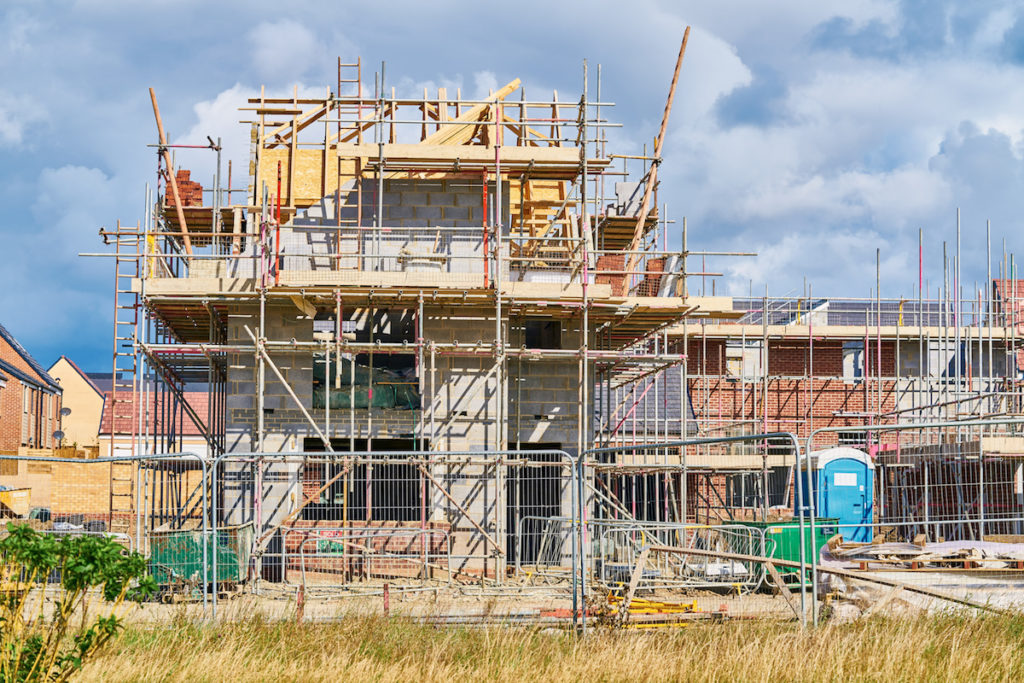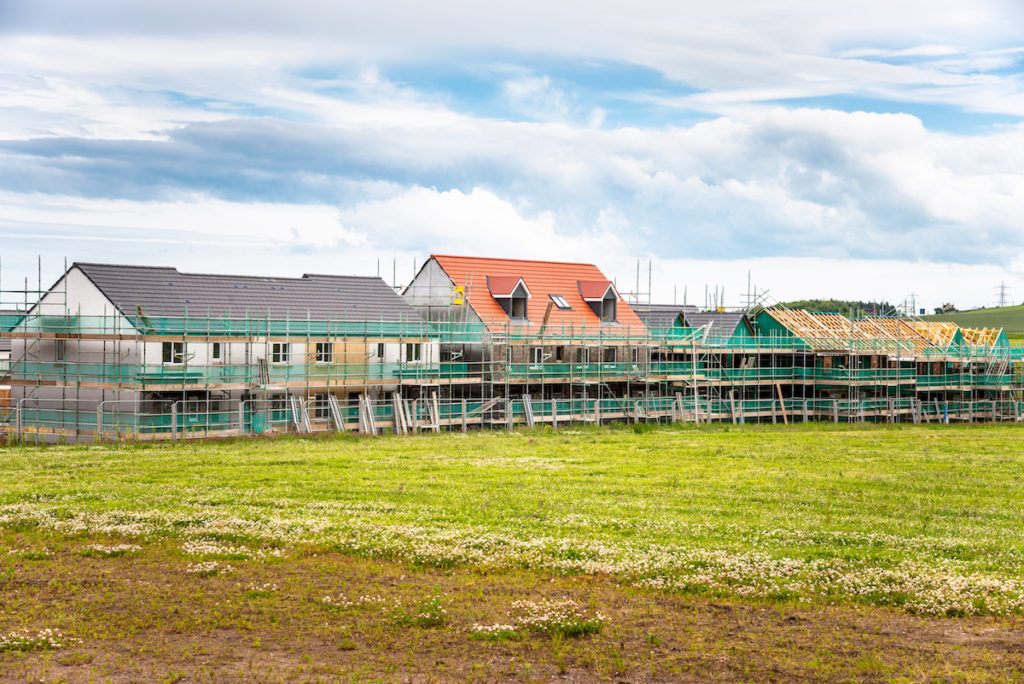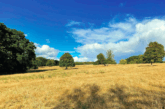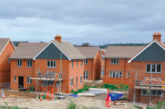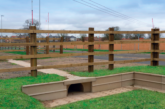
While February 2024 saw the rollout of the mandatory Biodiversity Net Gain (BNG) requirements for larger developments, small sites had until April to adapt. Lucy Dixon, head of global new markets at Veriforce CHAS, outlines some key considerations for small site developers aiming for compliance.
The Biodiversity Net Gain (BNG) framework, mandated under the Environment Act 2021, officially launched on February 12th, requiring a minimum 10% BNG for planning permission with an extended transition period for small sites ending on April 2nd. This means developers must submit plans to their Local Planning Authority (LPA) showing how their project will contribute to an overall increase in the quality or quantity of the natural habitat of the site on which they are situated by a minimum of 10% – with some LPAs demanding increases of more than 10%.
For major developers, incorporating BNG into project designs will likely not be entirely new. For smaller projects, however, the implications of the policy might be more keenly felt. Constraints in resources, finances and the space available to implement biodiversity offsetting measures can all pose a challenge to the viability of small site developments.

Purpose of BNG
The fourth State of Nature Report, unveiled in September 2023, highlighted the alarming decline of biodiversity in the UK. The report underscored the UK’S ongoing environmental degradation, which is already acknowledged as one of the most nature-depleted nations globally. The data revealed a troubling trend, indicating that since 1970, UK species have, on average, experienced a 19% decline, with almost 1 in 6 species (16.1%) now facing the imminent threat of extinction. It’s clear that urgent action is required, and the BNG framework supports this.
In the context of the BNG framework, small residential development sites are defined those with dwellings numbering between 1-9 on a site measuring less than 1 hectare, or in cases where the number of dwellings is unknown, on a site area less than 0.5 hectares. Certain exemptions exist within the BNG policy, notably for small self-build and custom homebuilding sites.
Appointing a competent person
Developers overseeing small sites must designate a competent person (referred to as the SSM ‘user’) to carry out a Small Sites Metric (SSM) assessment using the SSM tool. A competent person does not have to be an ecologist, but they must have the necessary knowledge and experience in line with BS 8683:2021 Process for designing and implementing biodiversity net gain to perform and review SSM calculations.
SSM users should demonstrate competence in the following areas: identifying pre-development habitats on the site; and understanding management requirements for habitats to be created or enhanced in the post-development landscape design.
The SSM can be used on projects that qualify as a minor development and on land where there are no priority habitats present. The list of priority habitats requiring conservation include, for example, ancient hedgerows, traditional orchards and lowland meadows. Larger developments should refer to the Statutory Biodiversity Metric.
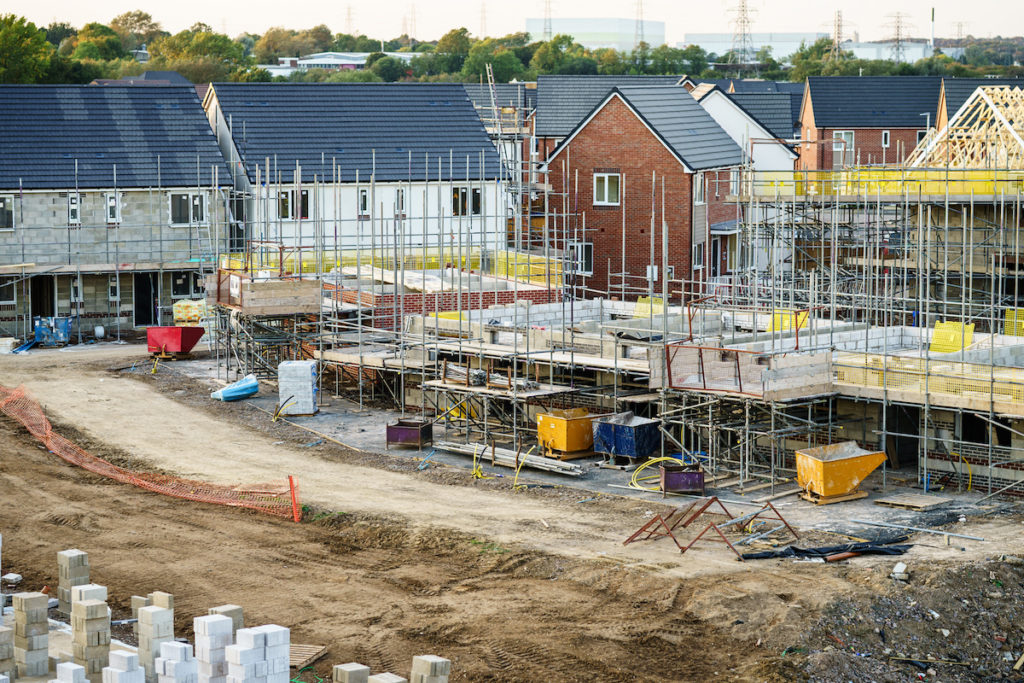 How can developers achieve BNG?
How can developers achieve BNG?
Government guidance sets out three ways a developer can achieve 10% BNG:
- They can enhance and restore biodiversity on-site (within the red-line boundary of a development site).
- If developers can only achieve part of their BNG on-site, they can deliver through a mixture of on-site and off-site. Developers can either make off-site biodiversity gains on their land outside the development site or buy off-site biodiversity units on the market.
- If developers cannot achieve on-site or off-site BNG, they must buy statutory biodiversity credits from the government, with the government using the revenue to invest in habitat creation in England. This must be a last resort.
Developers can combine all three options but must follow the steps in order. This order of steps is called the biodiversity gain hierarchy.
For small site developers, particularly those with limited land availability, familiarizing themselves with the details of the biodiversity gain hierarchy is key to the success of their projects achieving planning permission.
Incentives for developers
BNG policy offers opportunities for innovation, especially for smaller developers. For example, incorporating green infrastructure or biodiversity-friendly design elements (a wildflower roof) can enhance a project’s marketability and value.
Fulfilling BNG requirements can foster collaboration, easing compliance burdens. Engaging stakeholders like landowners, ecologists, and environmental organisations early in the planning process can address potential issues. Pooling resources and expertise not only maximise biodiversity enhancement for the current project but also establish a cost-effective blueprint for future developments.
While mandatory BNG poses challenges for small development sites, it also presents opportunities for collaboration, innovation, and creative problem-solving. Recognising the intrinsic value of nature is essential for contributing positively to biodiversity conservation and ensuring its significance for current and future generations.


